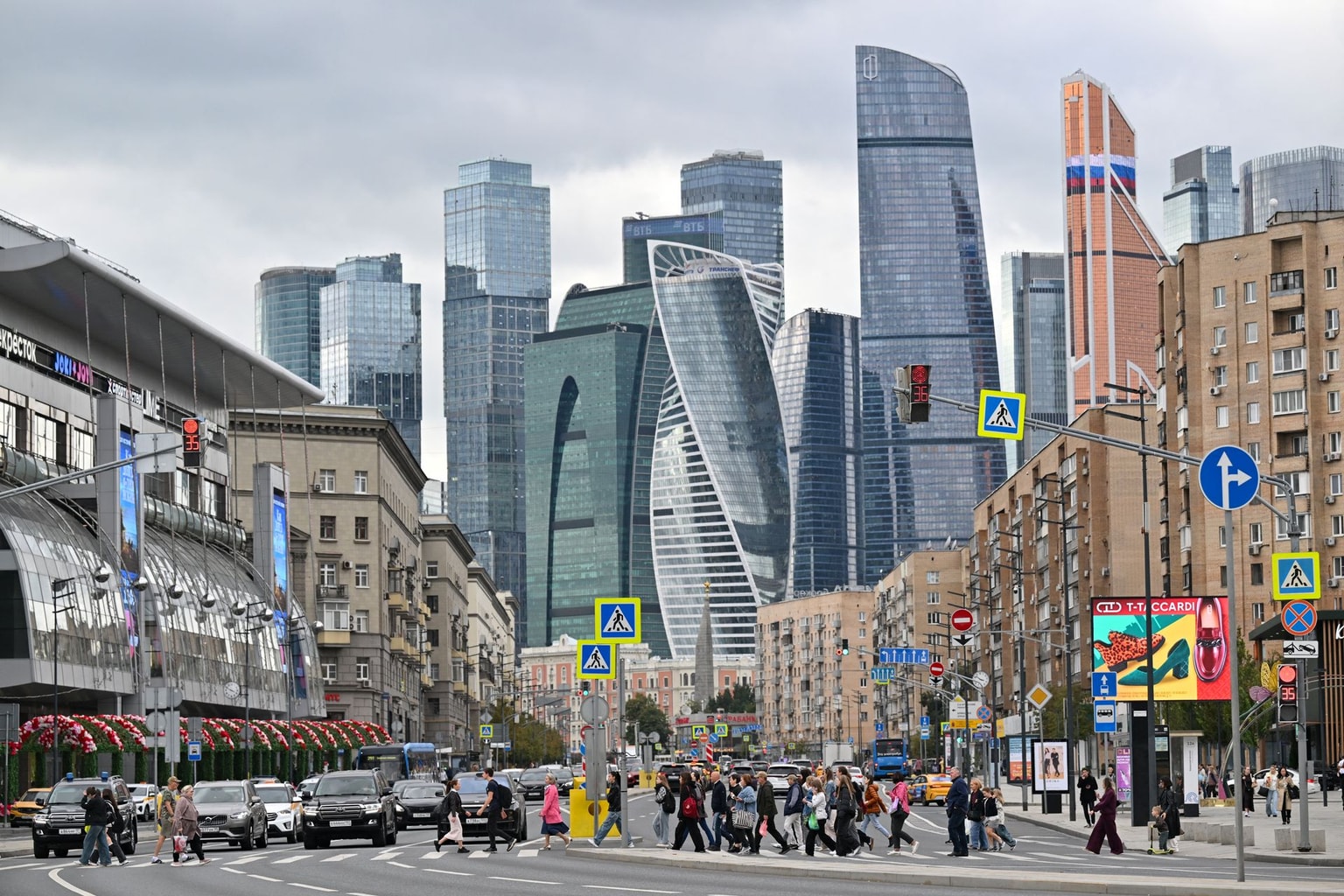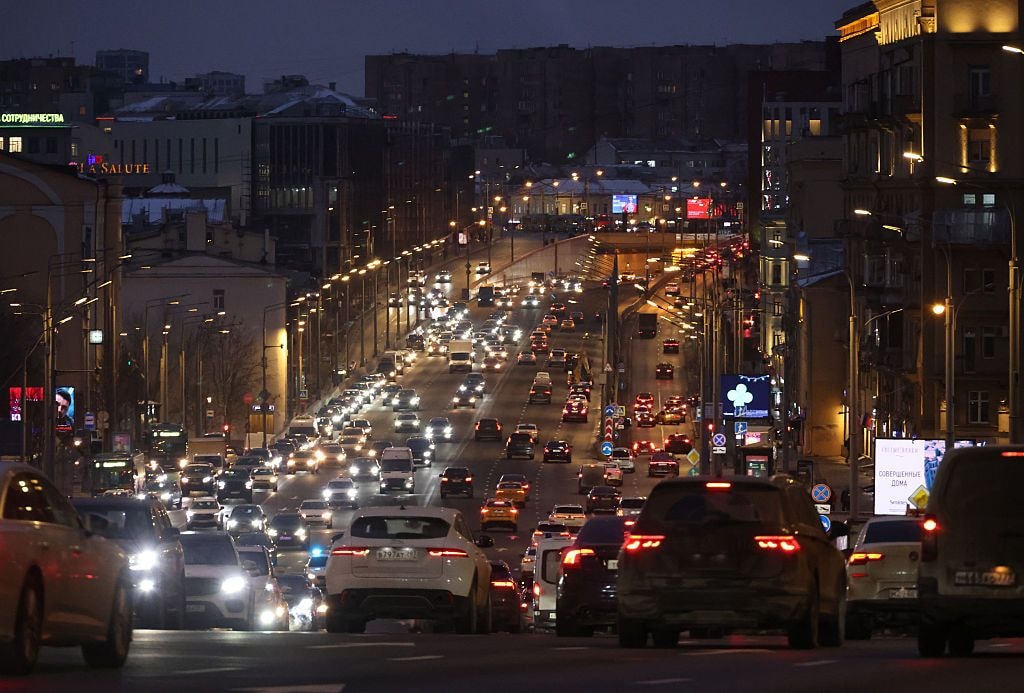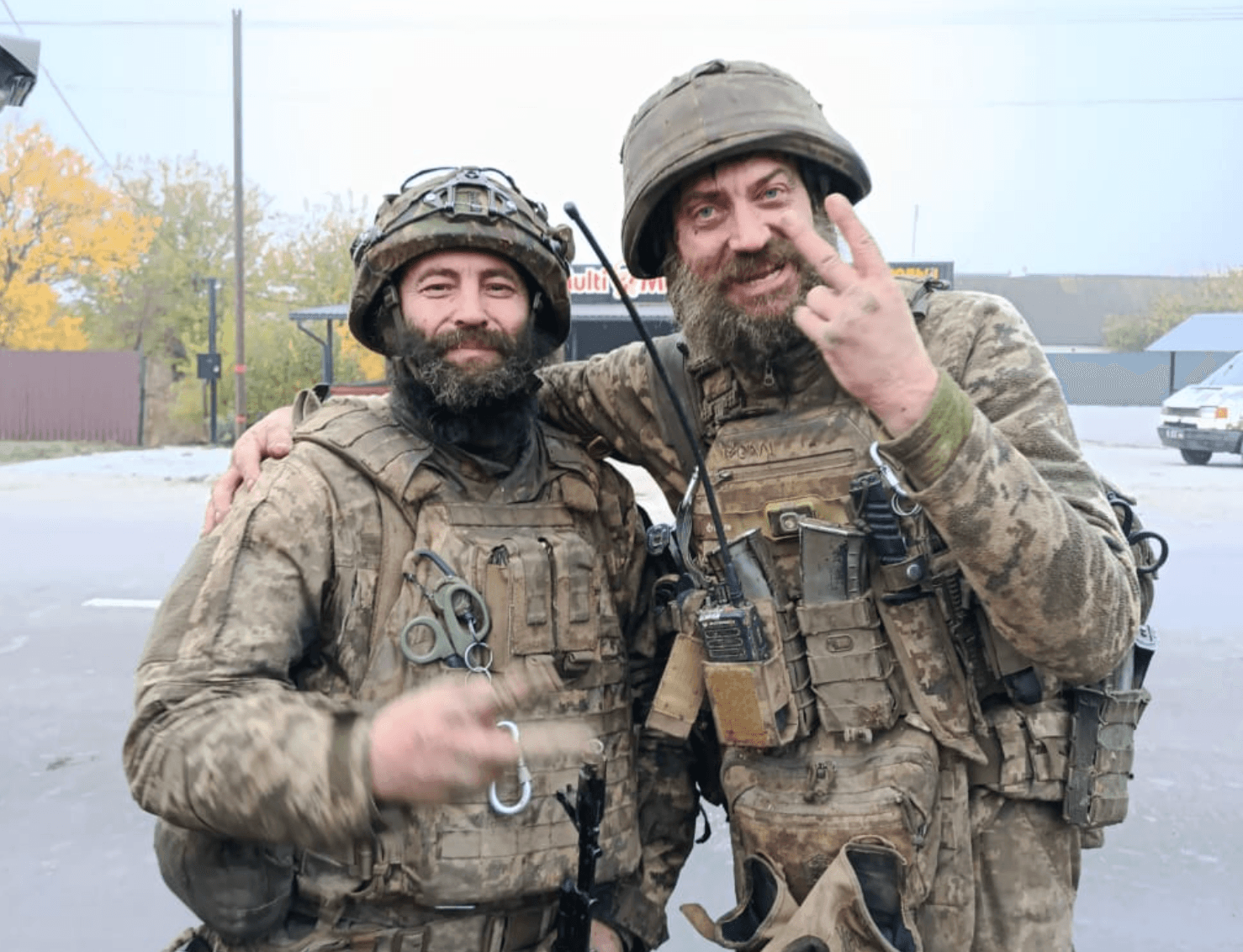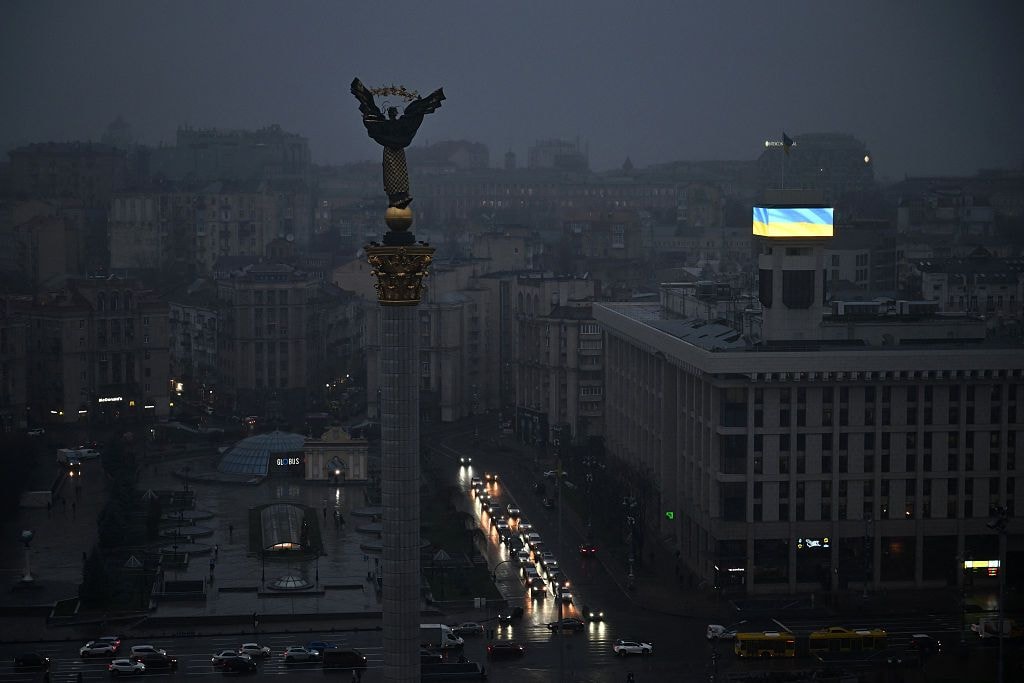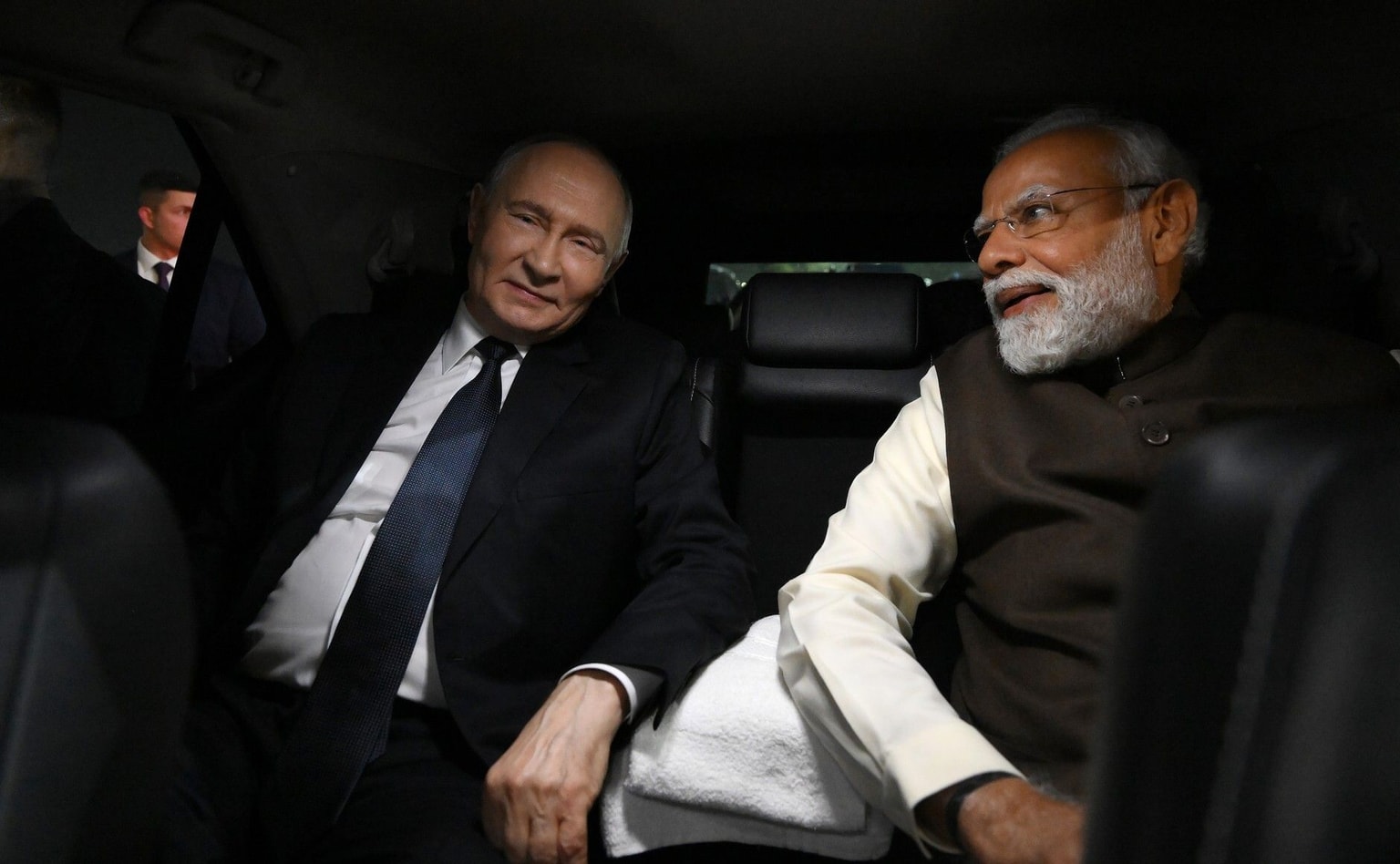Refugees fleeing war zone
Russia’s full-scale invasion, launched on Feb. 24, has caused the largest migration crisis of the 21st century.
According to the United Nations High Commissioner for Refugees (UNHCR), nearly seven million Ukrainians have fled the country, with over 90% of those escaping Ukraine being women and children, as men from 18 to 60 years of age are banned from leaving the country during the ongoing martial law.
Scenes of Ukrainian men driving their families to the border crossings or saying goodbye at train stations have been seen across the world, while women with children with few belongings were forced to travel long distances in search of safety.
Ukrainians have been fleeing the Russian forces’ indiscriminate fire on residential areas and atrocities against the civilian population. In the early days of the full-scale invasion, Ukrainians had to spend days at the border, as the crossing points were unable to cope with the massive influx of those fleeing the country.
Poland became the primary hub for Ukrainian refugees, with over 3.5 million people crossing into Poland from Ukraine. Volunteers and international organizations have been assisting Ukrainian refugees in Poland and other countries.
In May, as the Ukrainian military began pushing the invading Russian forces back, Ukrainians began returning home. Since May 9, more Ukrainians have been entering the country than leaving. Still, according to the UNHCR, over two million people have entered Ukraine since Feb. 24, and seven million left.
All-out war
In his pre-recorded address to the nation, aired at 4 a.m. on Feb. 24, Russian President Vladimir Putin declared the start of a “special military operation” against Ukraine, a misleading label the Russian government has been using to refer to Russia’s all-out invasion of Ukraine.
Immediately after Putin’s declaration of war, Russian troops have begun bombing Kyiv and other major Ukrainian cities, and launched a ground invasion from Belarus, Russia, and Russian-occupied Crimea. In the early stages of the invasion, Russia was able to reach the Kyiv satellite towns of Irpin, Bucha, and Hostomel, and occupied Ukraine’s southern Kherson Oblast.
Ukrainian regional capitals of Chernihiv, Sumy, and Kharkiv, the country’s second-largest city, were constantly shelled by Russia, killing hundreds of civilians.
In late March, Ukrainian forces launched a counter-offensive, pushing Russians out of Ukraine’s north. However, after facing serious setbacks in the war that many pundits expected to last mere days, Russia regrouped and launched a major offensive in Ukraine’s east.
Russian troops were able to occupy most of Ukraine’s eastern Luhansk Oblast, and have seized Mariupol, a major port city with a pre-war population of 450,000 people, now nearly completely destroyed by the invading force. Up to 22,000 residents were likely killed, according to local authorities, and 90% of the city was ruined.
Russian deliberate attacks on civilian targets in the city, such as the Mariupol Drama Theater and the city’s maternity hospital, shocked the world and have been condemned as war crimes.
The defense of Mariupol became the focal point of the war. The outnumbered Ukrainian troops were able to hold out under siege for 83 days before the commandment ordered them to surrender. Their stronghold was Azovstal, an enormous steel mill that takes up a major part of the city. Azovstal became the symbol of Ukraine’s resistance to the invading force.
Human toll
Russia’s full-scale invasion of Ukraine hasn’t just killed many thousands of soldiers on both sides, it has been merciless towards the civilian population. Russian forces have been shelling residential areas, dropping bombs on civilian targets, destroying villages and cities.
Russian soldiers have been murdering, raping, and torturing Ukrainians, and looting their homes. Civilians in Russian-occupied territories have been shot, while those lucky enough to escape death were often interrogated, beaten, and taken hostage.
A once peaceful Kyiv Oblast became one of the most shocking examples of Russians’ atrocities. In Bucha, a satellite town of Kyiv, Russians murdered, often execution-style, over 400 people.
A New York Times investigation found that Russian troops deliberately shot men and women on the streets and in specially designated execution spots. The city’s Yablunska Street was covered with bodies. Some of those shot had their hands tied behind their backs.
In Borodianka, a town a short drive from Kyiv, at least 10 high-rise apartment buildings were destroyed by bombs in May. Dozens of bodies were found under the rubble weeks later, when Russians withdrew from the area.
Regional capital Chernihiv and surrounding areas were bombed by Russian aviation. Forty-seven people were killed in just one of those attacks, when Russian pilots shot at an apartment building.
Ukraine’s Prosecutor General’s Office said it had already documented more than 14,000 war crimes, identified more than 600 Russian suspects, and started prosecuting around 80 of them.
On May 23, a Kyiv court sentenced Russian soldier Vadim Shishimarin, 21, to life in prison for killing a civilian in Sumy Oblast during the Russian troops’ retreat on Feb. 28.
Shishimarin pleaded guilty to fatally shooting his victim. He is the first Russian soldier convicted of a war crime in Ukraine.
Volunteers' fight
As Ukraine’s Armed Forces were fighting to defend the country, many civilians were finding ways to help the fight without taking up arms.
Major volunteer organizations such as Come Back Alive and the foundation of Serhiy Prytula have been able to collect millions of dollars to help Ukraine’s Armed Forces with weapons and equipment. Many smaller organizations have been helping with other means, such as providing service people with hygiene products or delivering food to those in need.
Ukrainian volunteers have been sourcing and delivering medicine, food and water to those affected by the war, risking their lives to evacuate civilians from affected areas, and helping those fleeing the war with accommodation, schooling, and legal support.
Life returns to liberated territories
Ukraine’s Armed Forces have been able to push Russian troops out of Ukraine’s north – Kyiv, Chernihiv, and Sumy oblasts – while also leading a successful counter-offensive north of Kharkiv.
In those regions, one can see the devastating consequences of the occupation. As residents and local authorities are trying to restore normal life in these areas, they face problems like the disrupted electricity and gas supply, destroyed infrastructure, looted homes, and even booby traps set in civilian homes.
Thousands of residents of Kyiv’s suburbs – Irpin, Hostomel, Vorzel, and Bucha – returned home to see their houses destroyed or looted. Those who stayed tell stories of torture, fear and rape.
Authorities have been working to make the liberated territories liveable again: clearing the debris, restoring bridges and putting food supplies back in place. Most of the critically important infrastructure should be restored by autumn, according to Prime Minister Denys Shmyhal. Still, he added, it is only the first stage of the reconstruction of the war-affected territories.

























































